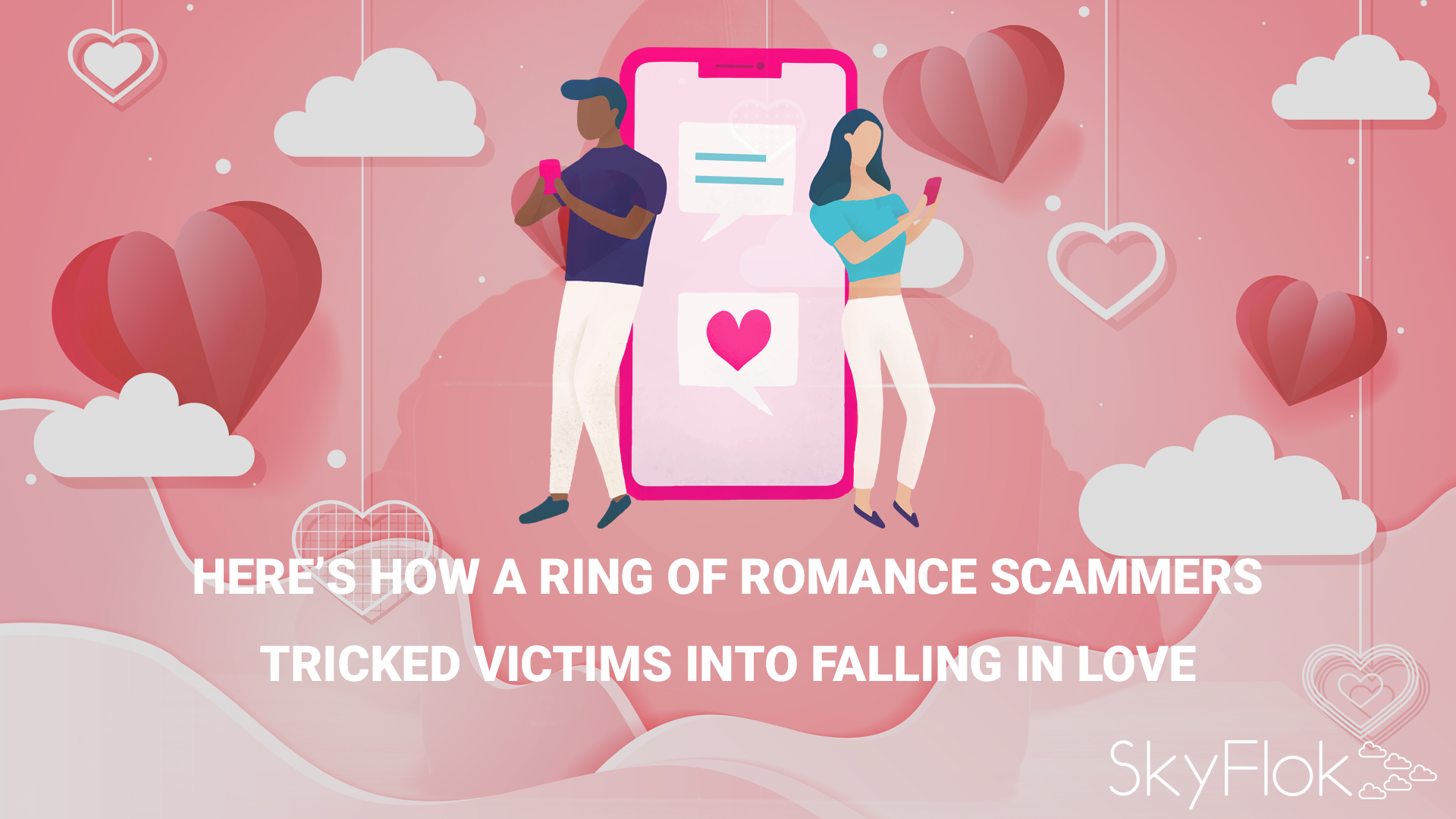A report from cybersecurity company Agari claims to expose one corner of the multimillion-dollar romance scam industry: a Nigerian fraud ring it dubs Scarlet Widow. As with other romance scams, members of Scarlet Widow created numerous fake personas to bait lonely men and women into online relationships. The Agari report, not coincidentally published on Valentine’s Day, offers examples of how they hooked victims in one of the most common forms of online scams.
A report from cybersecurity company Agari claims to expose one corner of the multimillion-dollar romance scam industry: a Nigerian fraud ring it dubs Scarlet Widow. As with other romance scams, members of Scarlet Widow created numerous fake personas to bait lonely men and women into online relationships. The Agari report, not coincidentally published on Valentine’s Day, offers examples of how they hooked victims in one of the most common forms of online scams.
Scarlet Widow created profiles on mainstream dating sites and apps, allegedly beginning in 2015. It also trawled specialized networks whose users might be particularly lonely or vulnerable, including sites for divorcees, people with disabilities, and farmers in rural areas. Its fake members stressed the importance of trusting and supporting a partner, discouraging their targets from asking questions. They were American, but they lived in far-flung locations like France or Afghanistan where they could justify not making phone calls or meeting in person. And they were immediately affectionate, talking about their “passionate love” and asking about their “inner being.”
After the scammers established contact, they’d make up a financial emergency, like needing to pay for a flight home. If the target paid up, they’d repeat the process until it was no longer profitable, eventually ghosting their partner who was often deeply emotionally invested in the relationship. In one case study, a Texas man spent more than $50,000 during a fake relationship with “Laura Cahill,” supposedly an American model living in Paris. That included $10,000 allegedly stolen from his stepfather.
Agari says it’s identified at least three people associated with Scarlet Widow. It doesn’t say how many people they targeted, nor how much money they stole. (A second report later this month is supposed to offer more detail.) The Federal Trade Commission recently revealed that romance scam victims reported losing $143 million across more than 21,000 scams in 2018, which is a huge jump from 2015 when it saw $33 million reported losses.
Most people didn’t spend nearly as much as “Laura’s” would-be partner from Texas; the median loss is $2,600, though it rises to $10,000 among people aged 70 and older. But the FTC reported that romance scams still resulted in greater losses than any other type of consumer fraud in 2018. Law enforcement has periodically busted rings of scammers. Seven Nigerian men were indicted last July for stealing more than $1.5 million via dating sites. In December, a Chicago-based investigation called “Operation Gold Phish” led to the arrest of nine people who allegedly operated several different swindling schemes, including romance scams.
As the FTC explains, it’s technically simple to avoid losing money to romance scammers: you can run a reverse image search on profile photos to detect fakes, look for inconsistencies in your paramour’s stories, and just avoid sending money to anybody you haven’t met. Agari notes some telling details in the Scarlet Widow group’s messages, for instance, like “Laura” stating that “I use facial cleansers at times” and “I generally don’t smell” in her introduction. But these schemes exploit some very basic emotional vulnerabilities, and it’s hard to perfectly secure the human heart.







